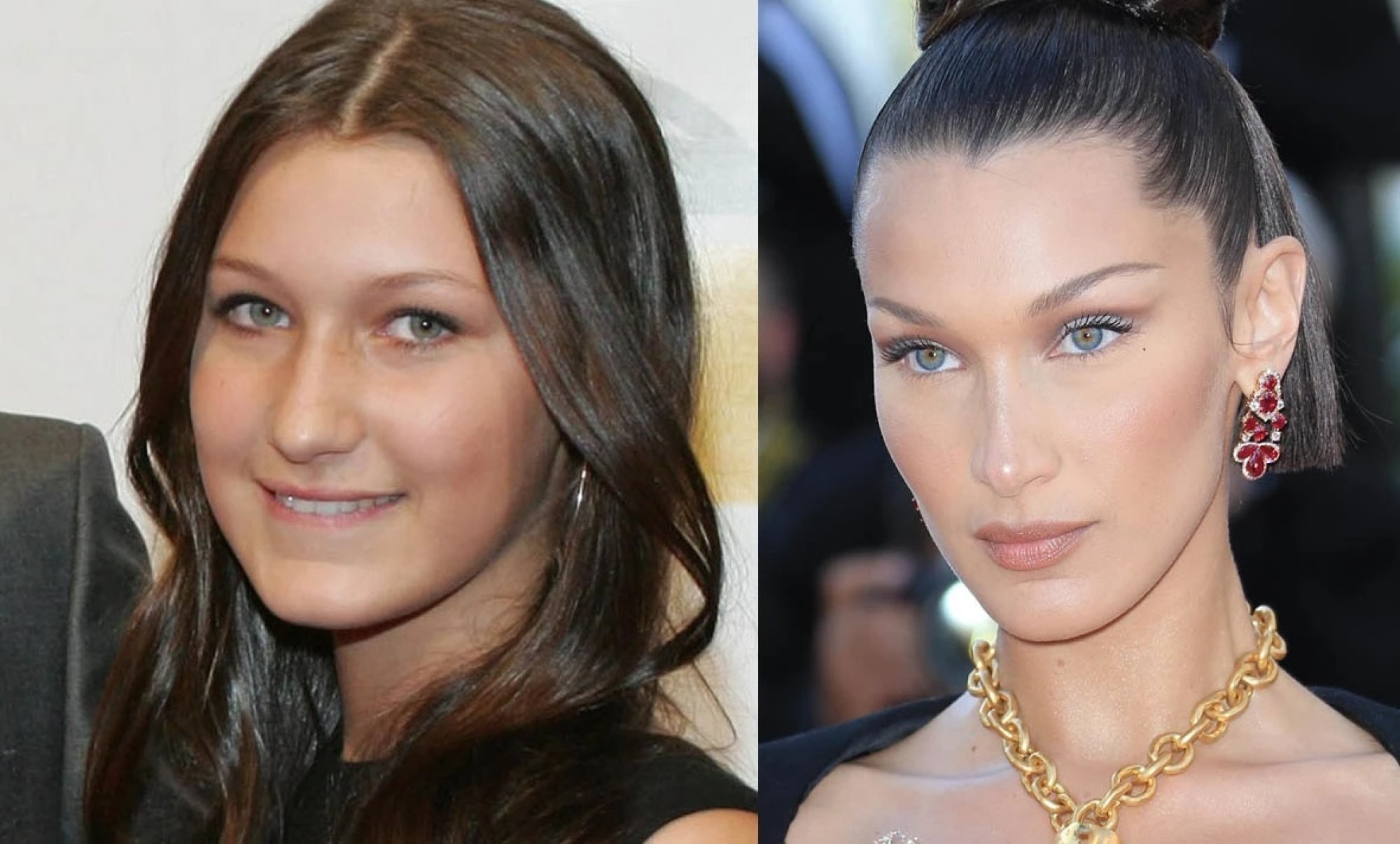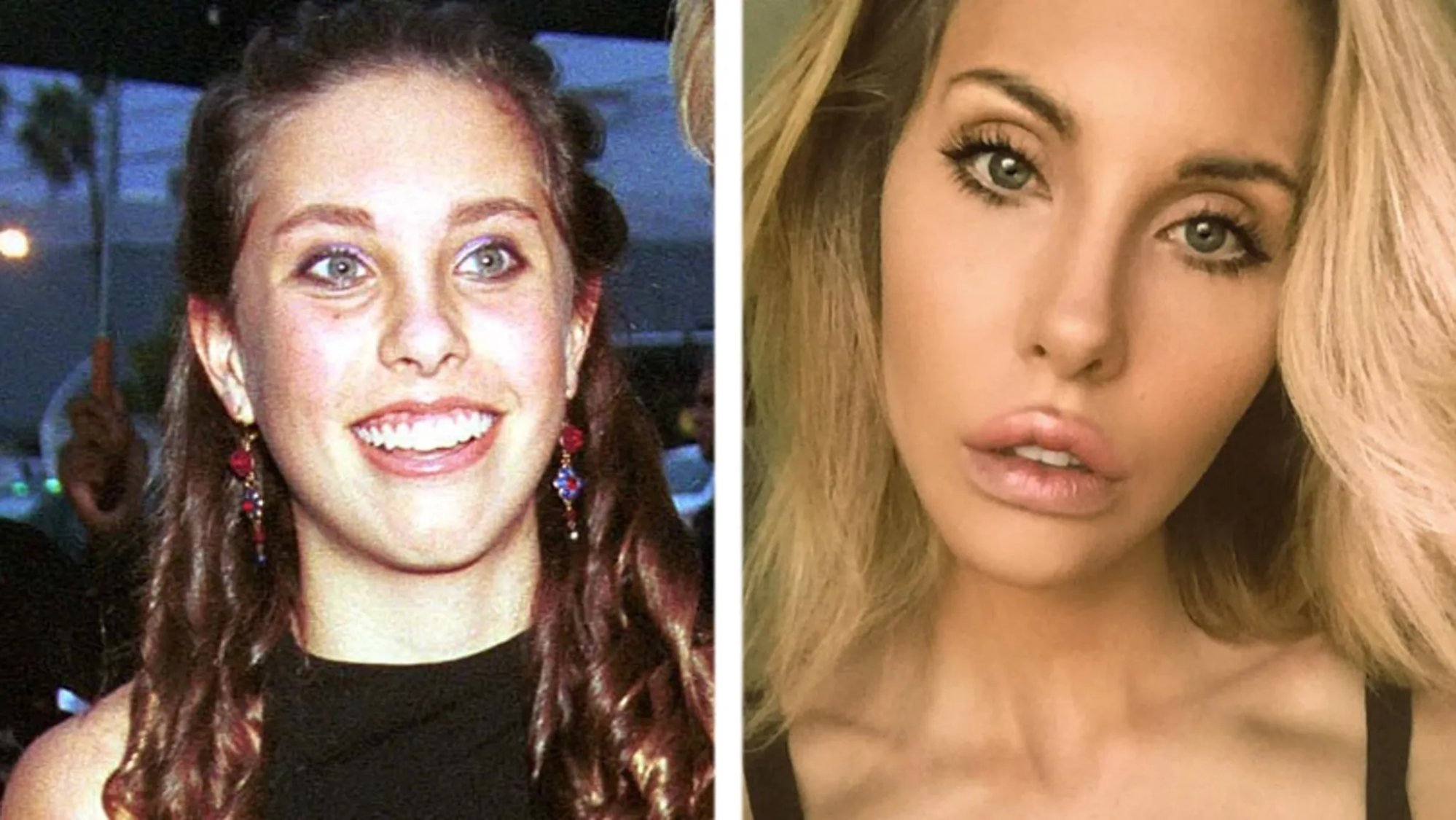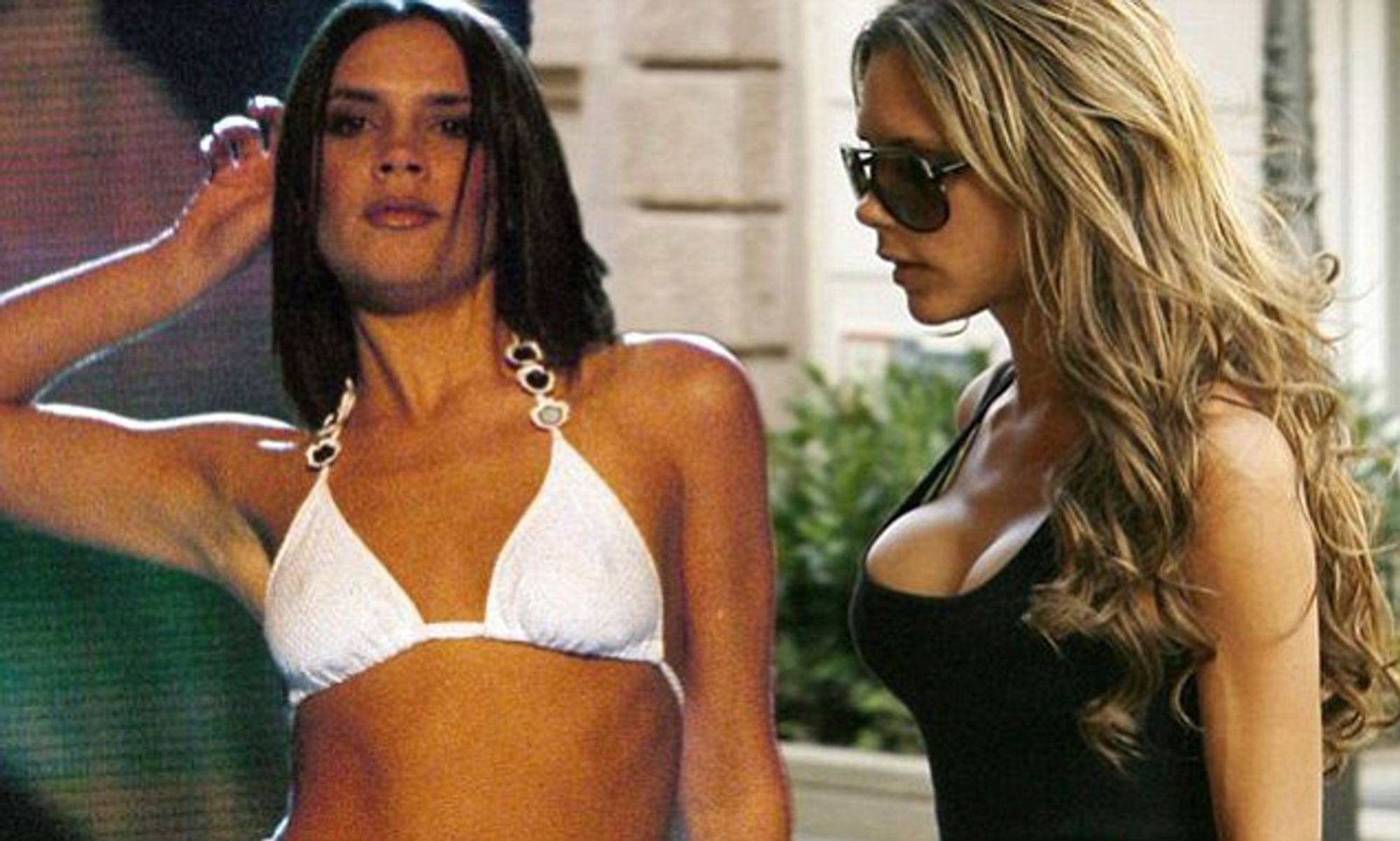“With reversals, the desired result was achieved, but the patient no longer wants that result,” says US-based plastic surgeon Dr Umbareen Mahmood.
The increase in the number of procedures can be attributed to ever-changing standards of beauty, evolving cultural trends, and shifting people’s personal aesthetic preferences.
Although reversals are usually possible depending on the initial procedure, they are not easy and the results are not always exactly what they were before the surgery.
Types of inversion and their complexity
Reversals are more or less complicated based on the type of process you did in the first place.
With implants, for example – such as breast augmentation, breast lift, buttock lift and chin, cheek or jaw reshaping – an external component is placed inside your body to give you a new shape or size.
If you are not happy with the appearance after a few years, a surgeon can find ways to remove the implant and work on the excess skin if necessary.


With cosmetic removals such as liposuction, body contouring, tummy tucks and breast reduction, the doctor removes fat, skin or tissue from your body and then rearranges the surrounding area to match the new look.
In these cases, it is impossible to simply put back what was previously removed, but there are ways to work with some implants to try to mimic the original form.
More complex reversal procedures include reshaping procedures such as facelifts, brow lifts, cheek contouring, blepharoplasty, rhinoplasty, and fox-eye lifts.
When you have facial surgery, fat, tissue or cartilage will either be removed or pulled to achieve a new structure, so trying to come back may not be possible or may leave you with visible scars.
In 2022, upheavals increase
Although surgical reversals are nothing new, many surgeons say they have never received as many requests for them as in 2022.
Dr Paul Banwell, a UK-based cosmetic surgeon and visiting professor of plastic surgery at Harvard Medical School in the US, told website Refinery29 that “reversals are not something we’ve usually needed to do in the past”.
He explains that just as cosmetic surgery has its risks, so does attempting to reverse it. “This is a potential disaster waiting to happen, as significant fluctuations in tissue volume can lead to laxity and a poor aesthetic outcome.”


Some celebrities have recently spoken out about their experiences with surgery and their regrets about it.
In early October, Chloe Lattanzi – daughter of Olivia Newton-John – admitted to having plastic surgery worth around $550,000. However, at 36, she is now aiming for a more natural look.
To achieve her goal, her facial fillers have been removed and her breast implants, which she got as a teenager, will be removed so that her breasts will not only look more natural, but also avoid the potential damage that could to do the implants in her body. .
“I wish I had kept my ancestors’ noses,” he says. “I think I would have grown into it.”
In her case, returning to her old features through surgery is not an easy task, so she decided not to try the inversion.


Former Spice Girls member turned fashion designer Victoria Beckham denied for years that she had breast implants. However, in 2014, she finally came clean and revealed that she had breast implants.
She added that she removed them and replaced them with a smaller size after a few years as she felt the initials didn’t suit her frame.
Demi Moore looks amazing at 60. What’s her secret?
Demi Moore looks amazing at 60. What’s her secret?
The recent wave of requests for facelift surgery should act as a warning to future generations to think twice before opting for cosmetic surgery and make sure it’s what they want.
If they decide to, then it’s important to “avoid falling into the trap of Instagram and TikTok beauty trends,” says US-based plastic surgeon Dr Ashley Gordon.
“The best way to maintain a natural look that ages well is to make subtle, timeless modifications that blend with your anatomy and identity,” she says.


